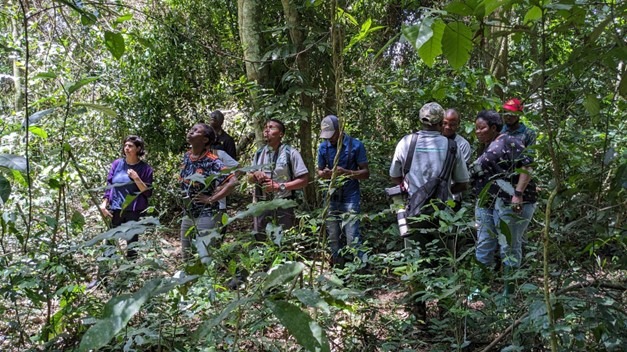The effects of noise and light pollution on bird populations had been largely overlooked in the entire avian space until recent studies by biologists at California Polytechnic State University suggested that these stressors can harm individual species.
The U.S. National Science Foundation-funded researchers looked at a huge collection of datasets to assess how light and noise affected the reproductive success of 58,506 nests from 142 species across North America.
The biologists found that light pollution causes birds to begin nesting up to a month earlier than normal in open environments such as grasslands and wetlands, and 18 days earlier in forested environments. The consequence could be a mismatch in timing — hungry chicks may hatch before their food is available.
Here’s a deeper exploration of this, putting much emphasis on noise pollution:
- Birds rely heavily on vocalizations for various purposes, such as mate attraction, territory defense, and warning calls. Anthropogenic noise, such as traffic noise or industrial activities, can interfere with bird communication by masking their vocalizations. This interference can disrupt important social interactions and compromise breeding success.
- Noise pollution can induce physiological stress responses in birds. Chronic exposure to loud or continuous noise can trigger the release of stress hormones like corticosterone, which can have detrimental effects on bird health and fitness. Elevated stress levels may weaken the immune system, reduce reproductive success, and increase susceptibility to predation and disease.
- Birds may alter their behavior in response to noise pollution. Some species may increase vocalization rates or shift their foraging or breeding activities to quieter times of day to minimize interference from noise. However, these behavioral adaptations may come at a cost, such as increased energy expenditure or reduced time spent on essential activities like feeding or parental care.
- Birds may avoid areas with high levels of noise pollution, leading to habitat fragmentation and altered distribution patterns. This avoidance behavior can fragment populations, disrupt ecological interactions, and reduce species diversity in affected areas. Certain bird species may be particularly sensitive to noise disturbance, leading to declines in their populations or local extinctions.
- Noise pollution can negatively impact bird reproductive success. Studies have shown that excessive noise can interfere with courtship behaviors, mate selection, nest building, and incubation, ultimately leading to reduced breeding success and fledgling survival. In some cases, noise-induced stress may also affect egg development and hatchling growth rates.
- The cumulative effects of noise pollution on bird populations can have long-term consequences for ecosystem health and biodiversity. Population declines or local extinctions of noise-sensitive bird species can disrupt food webs, alter community structure, and compromise ecosystem stability.
Therefore, understanding these long-term population dynamics is crucial for urban ecology studies and developing effective conservation strategies to mitigate the impacts of noise pollution on avian populations especially in Uganda. So, as we embark on sensitization campaigns in our activities as ACUS, let’s remember to speak about such effects that are created mostly in our cities, towns and industrial areas and look for mitigative measures for them.
@Berian Tatweebwa, a student at Muni University.


